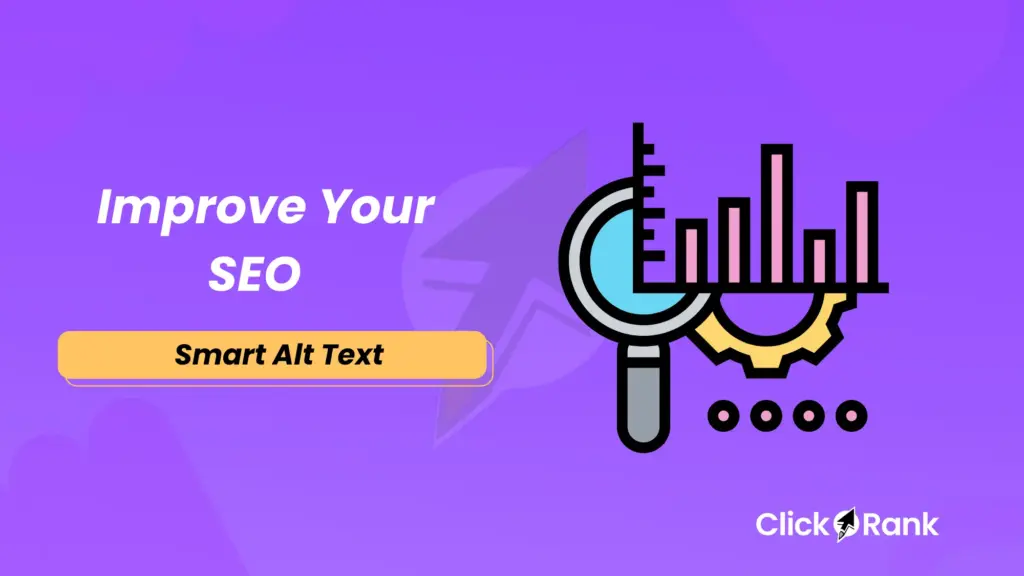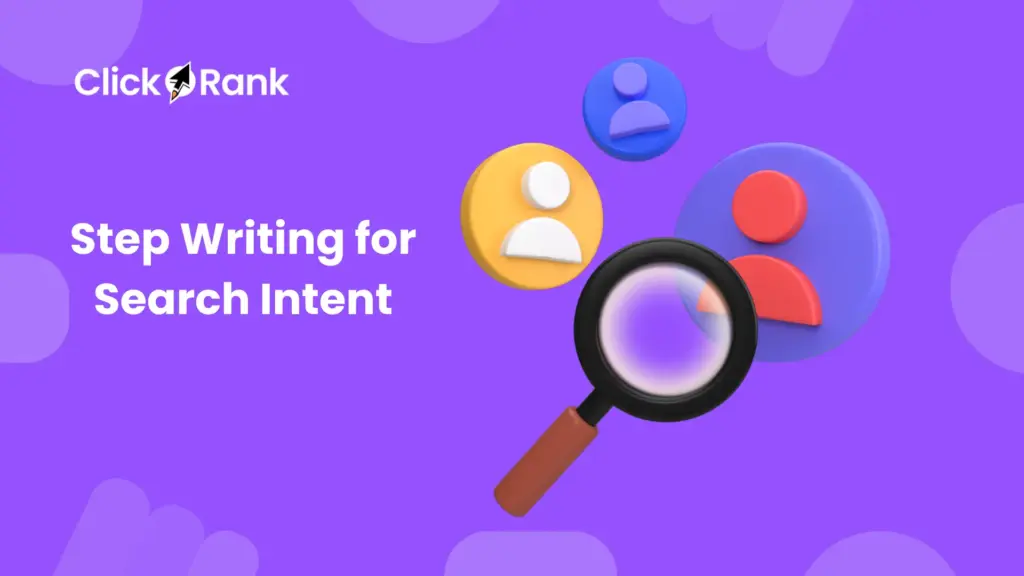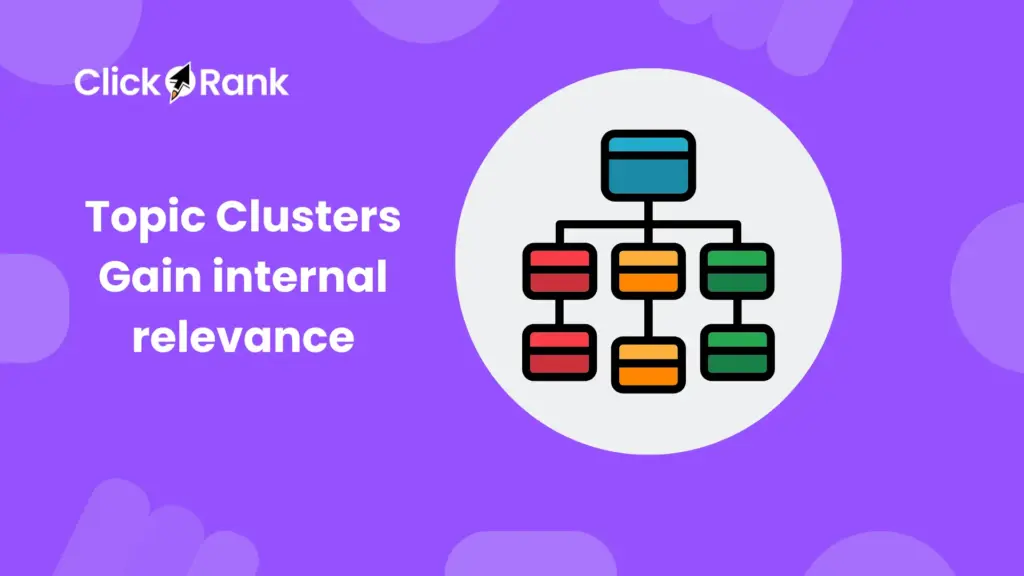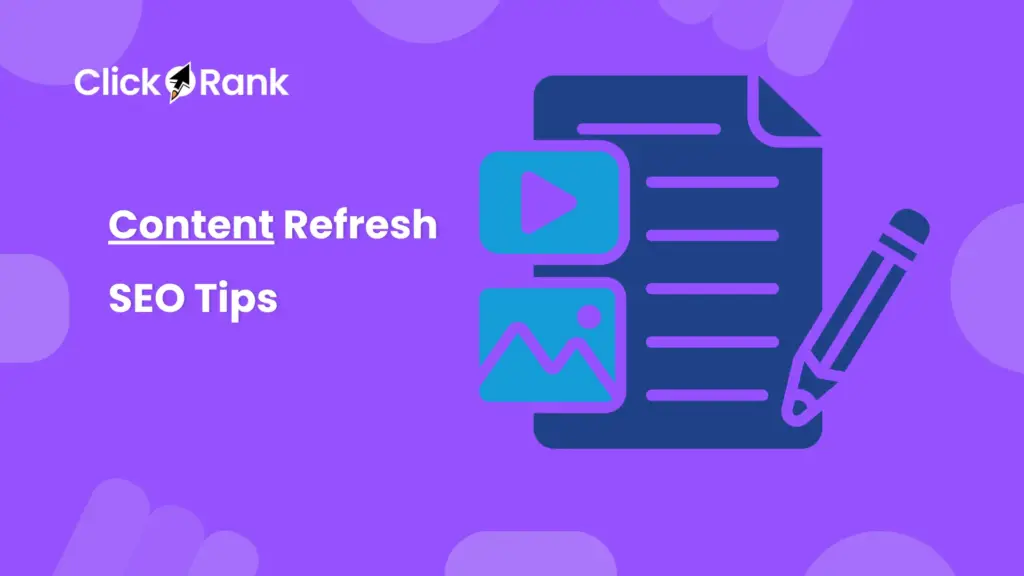Alt text is a small detail that can make a huge difference for both your users and your search engine rankings. By making sure every image on your site has a descriptive and accurate alternative text, you are improving your website’s accessibility and giving your content a better chance to rank.
Don’t let missing alt text hold you back. Let ClickRank do the heavy lifting for you. Our AI Alt Text Tools and one-click fixes can help you clean up your image library and ensure every image is an SEO asset.
Ready to see what’s holding your website back? Run a free ClickRank audit today to uncover hidden SEO opportunities and start fixing them with a single click.
How can alt text enhance image rankings and improve accessibility?
Do you have hundreds of images on your website but feel like they aren’t helping your SEO? It’s a common problem. Many content creators spend hours on a blog post, but they forget one small, powerful detail for every image they use: alternative text.
Maybe you’ve heard the term before, but you’re not sure how to use it. Or maybe you’ve tried to write it and just gave up, thinking it’s not a big deal. The truth is, optimizing the text that describes your images can be one of the simplest and most effective on-page SEO improvements you can make. It helps your site rank in Google Images, drives more organic traffic, and makes your content more accessible to everyone.
In this guide, I’ll walk you through everything you need to know about alternative text. I’ll show you how to write it, what mistakes to avoid, and how a tool like ClickRank can automate the entire process for you.
What is Alt Text and Why is it Essential?
At its core, alt text is a short, descriptive phrase that is added to an image in HTML. It’s what the browser displays if an image can’t be loaded, and it’s what screen readers use to describe the image to visually impaired users. In the code, it’s part of the HTML image tag (<img>) as the alt attribute.
Think of it as a brief, textual description of your image. This isn’t just a technical detail; it’s a critical part of your overall website accessibility and user experience (UX).
The Fundamental Role of Alt Text in Web Accessibility
Accessibility is not just a buzzword; it’s a legal and ethical requirement for modern websites. The WCAG (Web Content Accessibility Guidelines) specifically state the importance of providing text alternatives for non-text content, like images. Without a text alternative, a person using a screen reader would have no idea what the image is about.
Imagine someone trying to navigate your blog post about “The Best Mountain Bikes for Beginners.” They can read all the text, but if the images of the bikes don’t have descriptions, a key part of your content is missing for them. By adding descriptive text, you ensure that every visitor can fully understand and engage with your content, regardless of their visual ability. This focus on inclusion builds trust and provides a better experience for everyone.
How Alt Text Informs Search Engines and Improves On-Page SEO
Beyond accessibility, alt text plays a crucial role in how search engines like Google understand and rank your content. Website crawlers can’t “see” an image like a human can. They rely on the alt attribute to understand the subject and context of the image.

When you use descriptive and relevant alt text, you are giving search engines a clear signal about the content of your image. This helps your images appear in Google Images search results, which can be a significant source of traffic. In fact, for certain topics like recipes, fashion, or products, Google Images can be a primary traffic driver.
In a broader sense, alt text reinforces the main topic of your page, which is a key factor in on-page SEO. By using relevant keywords in your image descriptions, you can help search engines better understand the overall theme of your page and improve your rankings for those keywords. This is an important part of creating semantic HTML code that provides meaning to the content, not just structure.
What are the best practices and examples for writing effective alt text?
Writing good alt text isn’t complicated, but it does require a little thought. The goal is to be descriptive, concise, and relevant.
Do’s and Don’ts: The Rules of Good Alt Text
- Do be descriptive. Focus on what is actually in the image.
- Do be concise. Keep it brief, typically under 125 characters. A long description can be disruptive for a screen reader user.
- Do include relevant keywords. If it makes sense, naturally include your primary or secondary keywords to help with image SEO.
- Don’t start with “Image of…” or “Picture of…”. Screen readers already announce the image.
- Don’t be vague. “A car” is not as helpful as “A red sports car parked on a mountain road.”
- **Don’t engage in keyword stuffing. Avoid a long string of keywords like “car red sports car fast car brand new car.” This provides a poor experience and can get you penalized.
The Difference Between Alt Text and Image Title
You might have noticed another attribute on images called Image Title (title attribute). While often used together, they have different purposes.
- Alt text is for accessibility and SEO. It’s required for a valid image tag.
- Image Title is a supplemental tip that is displayed when a user hovers over an image. It’s optional and not used by screen readers as the primary description. While it can be useful for providing additional context, it doesn’t have the same SEO weight as the alt attribute.
You should always prioritize writing good alt text.
Real-World Examples: Good vs. Bad Alt Text
Let’s look at some examples to make this clear.
Image: A photo of a golden retriever puppy playing with a red ball in a grassy park.
- Bad Alt Text: alt=”puppy dog golden retriever dog park ball red ball cute” (Keyword stuffing)
- Okay Alt Text: alt=”A golden retriever” (Too vague)
- Good Alt Text: alt=”A golden retriever puppy playing with a red ball” (Descriptive and clear)
- Great Alt Text: alt=”A young golden retriever puppy playing with a red ball in a sunny park” (More specific and adds context)
Image: A picture of a user interface showing a “start scan” button on a dashboard.
- Bad Alt Text: alt=”dashboard” (Too simple)
- Good Alt Text: alt=”A screenshot of the ClickRank dashboard with a ‘Start Scan’ button highlighted” (Specific, descriptive, and mentions the brand)
How to find and improve your existing alt text
Finding missing alt text or poor quality image descriptions can be a huge manual task. It’s often one of the first things I check when doing a website audit. The easiest way to get started is by using a tool that can quickly scan your entire website for these issues. For example, if you already have a ClickRank account, you can run a ClickRank Audit to quickly identify which images are missing alt attributes or have poor descriptions.
This is a great place to start your image optimization journey. Once you have a list, you can go back and manually fix them, or, better yet, use an automated solution to handle it for you.
Tools and Automation: How to Scale Your Alt Text Strategy
For a small blog, you can probably handle writing alt text manually. But what if you have a large e-commerce site with thousands of product images or a publication that adds hundreds of new images every week? Manual optimization is simply not scalable. This is where AI and automation come into play.
Using AI to Generate Alt Text for You
I’ve been using a few different AI Alt Text Tools lately, and the results are pretty impressive. They can analyze an image using vision recognition technology and generate a descriptive, natural-sounding alt text in seconds. This saves a tremendous amount of time, allowing you to focus on creating great content instead of tedious manual tasks.
These tools are especially useful for sites with large image libraries. They can quickly fill in missing attributes and improve the overall accessibility of your site.
Using ClickRank’s Free Tool to Create Perfect Image Alt Text
At ClickRank, we’ve developed a simple but powerful tool that I use all the time. Our free alt text generator uses a powerful AI to analyze your images and provide a high-quality, SEO-friendly alt text. You simply upload an image, and it gives you a perfect description in seconds. It’s one of those tools that seems simple but can save you hours of work.
For a full-scale solution, ClickRank’s paid platform takes this a step further. Our AI-powered SEO audit can crawl your entire site and automatically identify and fix issues like missing alt text for you. It’s part of our one-click fixes suite, which handles everything from meta tags to internal linking, so you don’t have to worry about these small but important details.
What are the most common alt text mistakes to avoid?
Even with the best intentions, it’s easy to make mistakes. Here are some of the most common ones I see and how to fix them.
Troubleshooting Missing or Broken Alt Text
Sometimes, you might think you’ve added text to your images, but for whatever reason, it’s not showing up. This is a common issue, and it’s almost always a technical problem.
- Check your CMS: Make sure your CMS (like WordPress) is correctly adding the alt attribute to your <img> tags. Some themes or plugins can interfere with this.
- Inspect the code: Use your browser’s “Inspect Element” feature to see if the alt attribute is actually in the HTML image tag. If it’s not, your CMS isn’t saving it correctly.
- Use an audit tool: As I mentioned before, an SEO (Search Engine Optimization) audit from a platform like ClickRank is the fastest way to find every single instance of missing alt text on your site.
The Dangers of Keyword Stuffing in Alt Text
This is probably the biggest mistake I see from people who try to optimize their images. They think more keywords are better.
Example: alt=”best shoes nike running shoes for sale cheap”
This kind of text is difficult for a screen reader to interpret and looks spammy to search engine crawlers. Remember, your primary goal is to describe the image naturally. The keywords should be a result of that description, not the main focus. Keyword stuffing can lead to penalties and a terrible user experience.
Do I need alt text for every image?
For the vast majority of images, yes. The only exception is for purely decorative images (like a simple background pattern) that don't add any value to the content. In this case, you should use an empty alt attribute, like this: alt=(). This tells screen readers to simply skip over the image.
How long should my alt text be?
Keep it concise, ideally under 125 characters. A long description can be frustrating for users on screen readers.
Does alt text directly affect my Google ranking?
While it’s a minor factor, it does contribute to your overall on-page SEO. Good alt text can help your images rank in Google Images and reinforces the topic of your page for search engines. It's part of a holistic SEO strategy.
Can I use alt text for social media images like on Instagram?
Yes! Most social media platforms, including Instagram and Twitter, have a dedicated field for adding alternative text to your images. It’s a great practice to extend your image accessibility efforts beyond your website.


